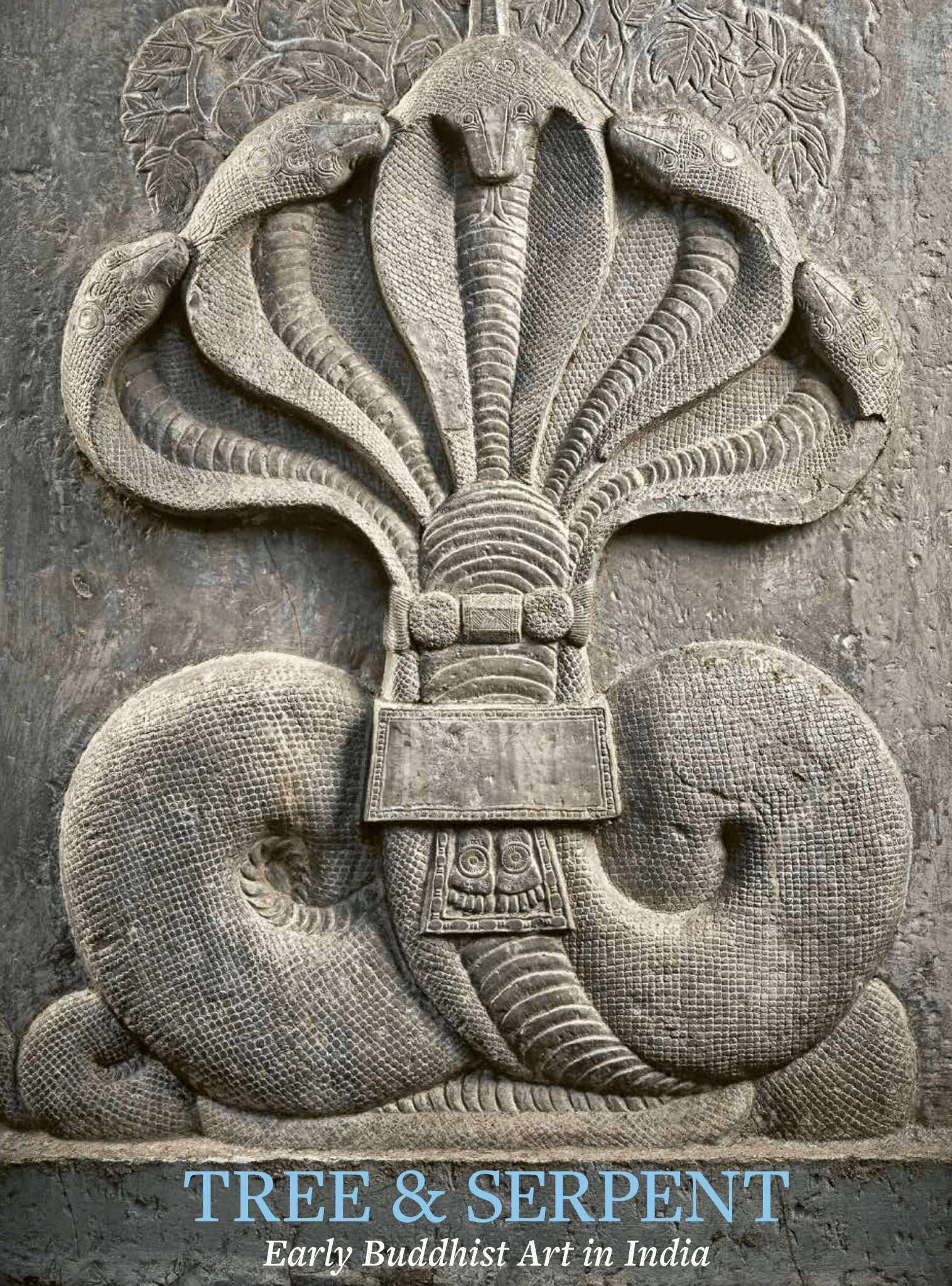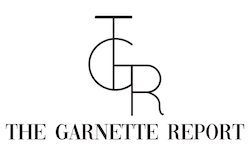
‘Tree & Serpent’: Exhibit On Early Buddhist Art
The exhibition Tree & Serpent: Early Buddhist Art in India, 200 BCE–400 CE at the Metropolitan Museum of Art follows the origins and development of Buddhist art in India. It traces its genesis to the second century BCE where, in a religiously diverse landscape, ancient India was transformed by the new teachings of the Siddhartha Gautama. Using two archetypal iconographic images of the ‘tree’ and ‘snake’ in Indian culture, the exhibit is a symbolic representation of Buddhism, giving expression to this essential period in Buddhist history.

In collaboration with the Indian government (and a number of its agencies), the exhibit has been 5 years in the making. Including loaned objects from museums and collections from the United Kingdom, Europe, and the United States, the exhibit features objects that have never been seen by the general public.
Inspired by the Buddha’s worldview, the featured 125 objects, dating from 200 BCE to 400 CE, are an expression and celebration of the Buddha’s message. Historically, these Buddhist objects were used to adorn the walls of the religious burial mounds of India, known as stupas. These monastic structures contained relics of the Buddha, as well as reliefs presenting the stories and teachings of the Buddha.

The exhibition is organized into 8 parts, thematically and chronologically following the evolution of the spiritual tradition: how, originally, it related to other traditions in the region, and, later, how it transformed itself into major religion. Beginning with “Tree and Serpents: Ancient India’s Living Landscape,” the exhibit presents the creation of Buddhist art in India (reflected in “Nature Deities in the Service of the Buddha,” “When the relics are seen, the Buddha is seen,” and “Stupas and the ‘Absent’ Buddha.”) Venerating the Buddha as an icon, “Buddhist Art in a Global Setting,” “Buddhist Kingship and Buddhist Patronage,” “Narrating the Buddha’s Lives,” and finally “The Buddha Revealed,” all portraying Buddhism as a cultural force in India.

Included in the showcase are ornamental sculptures, jewelry, architectural structures, and wall reliefs, The displayed masterpieces range in medium, including fragmented “limestone, gold, silver, bronze, rock crystal, and ivory.”
Through the artwork, the museum highlights the narrative tradition which was formative in the early centuries of Indian Buddhism. At its heart, the Met asserts the ethical teachings of the Buddha: compassion for all living beings and respect for the habitat that we share. It relates the interconnection between ideology and art and how the visual culture of Buddhism assisted in the proliferation of Buddhism on the Indian subcontinent.

Tree and Serpent: Early Buddhist Art in India, 200 BCE-400 CE will be on view at the Met through November 13.
The Metropolitan Museum of Art is at 1000 Fifth Avenue. For additional information, contact at 212-535-7710 or www.metmuseum.org.
Featured Image via The Met


